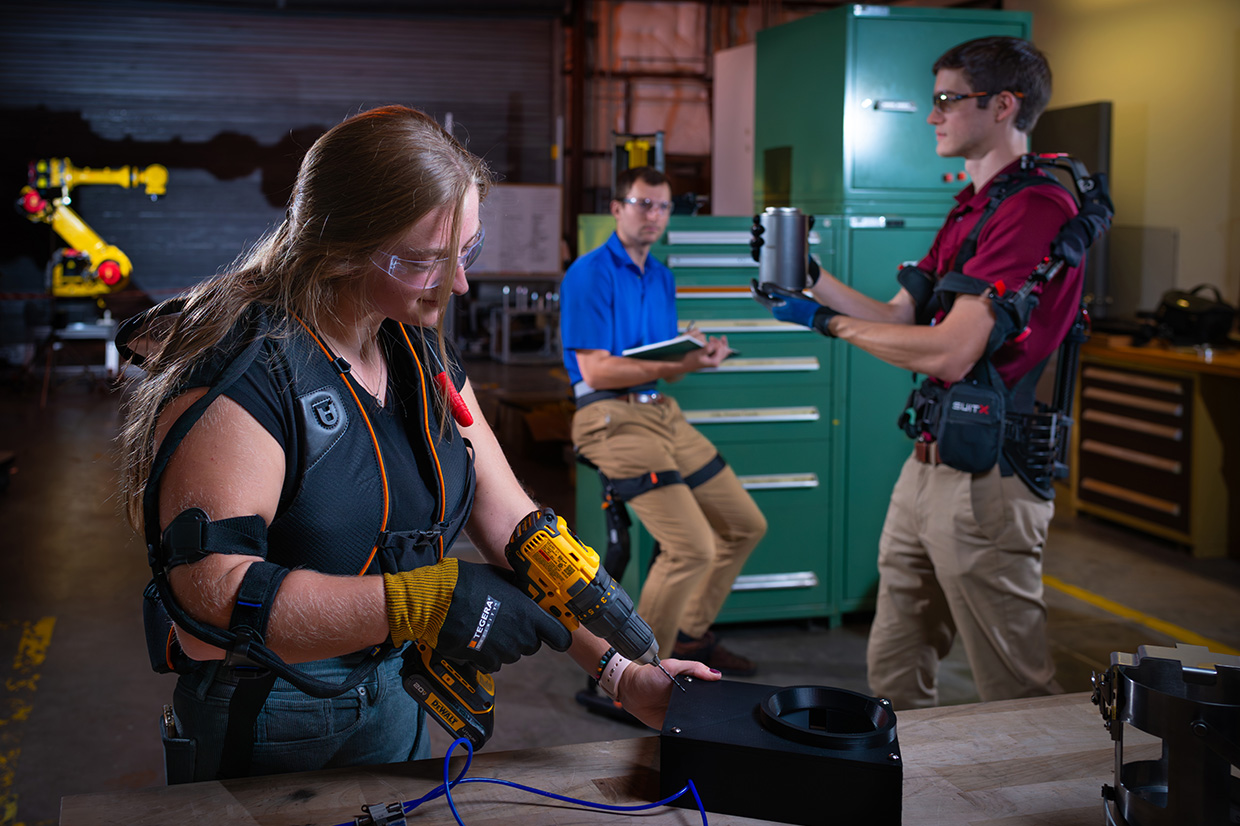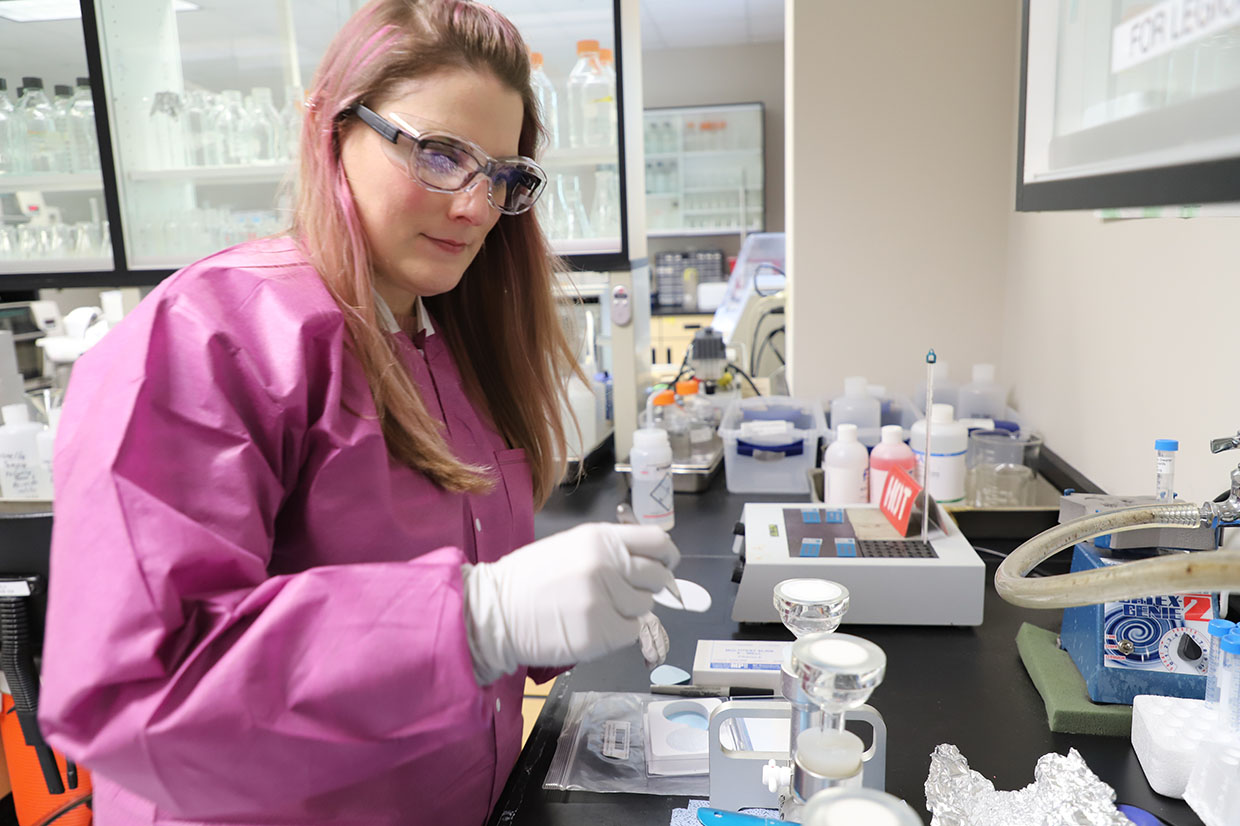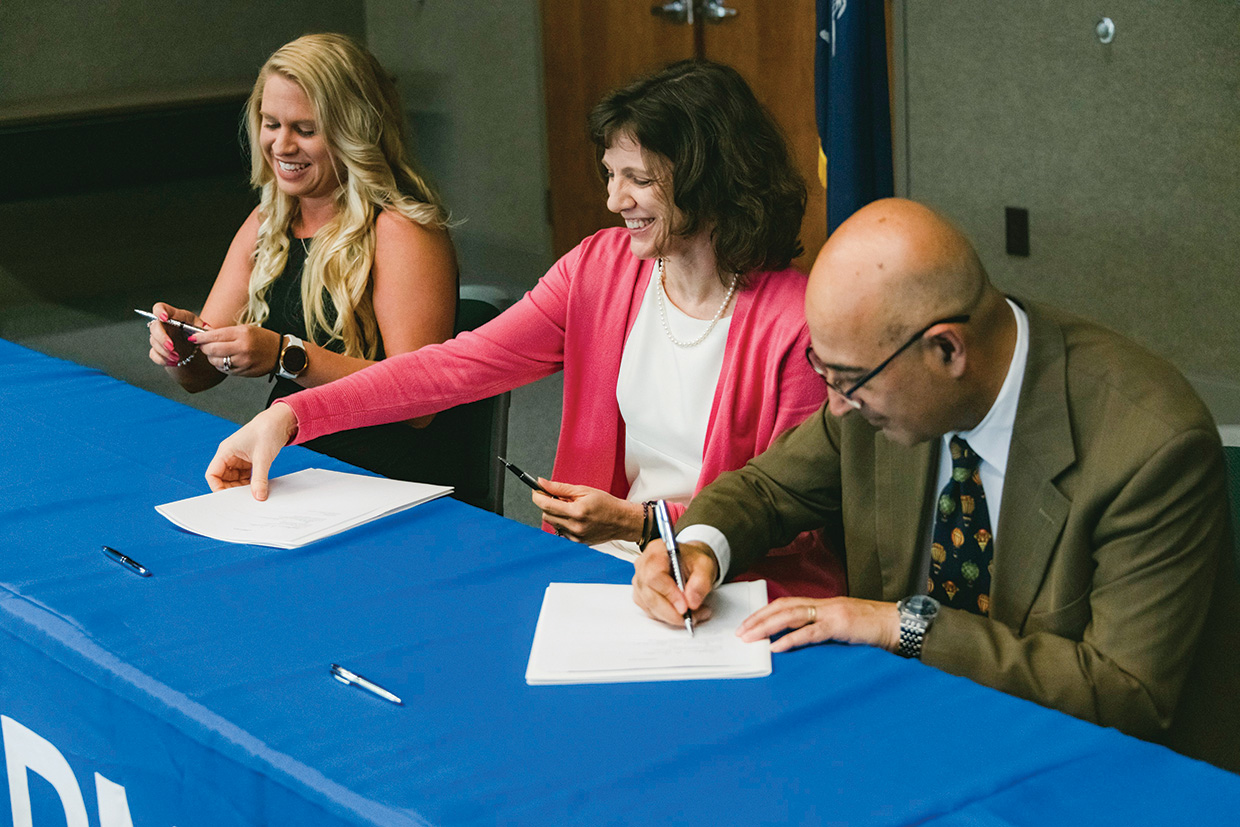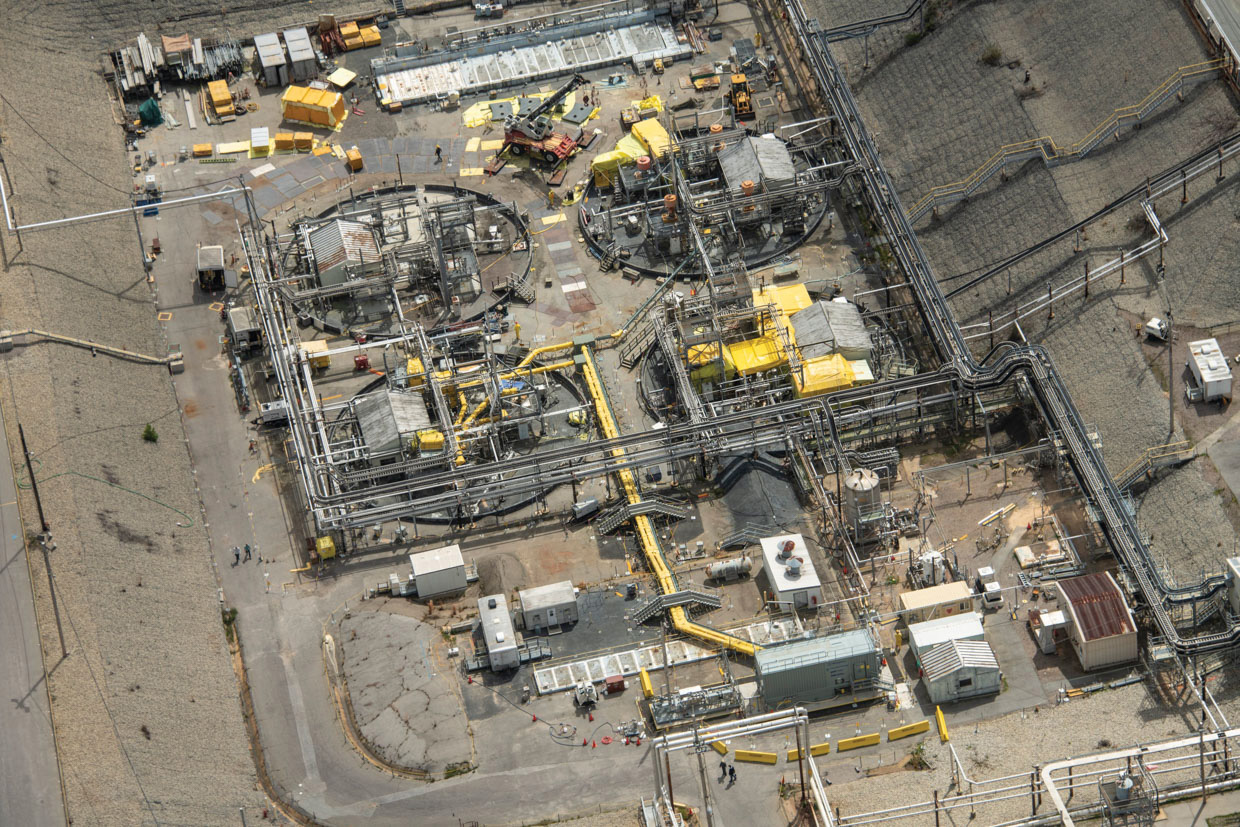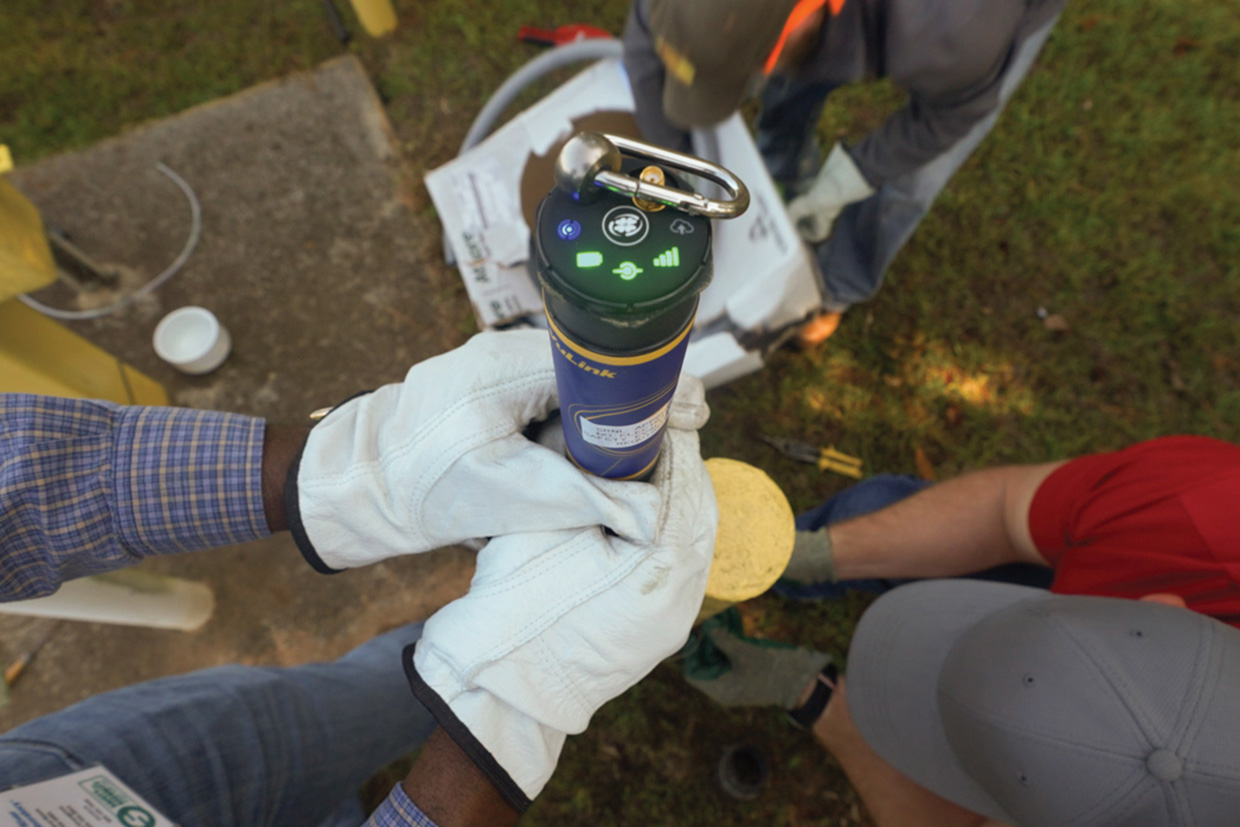Wearable Robotics Team Finds Innovative Ways to Prevent Injuries
The nation’s nuclear weapons program helped win the Cold War and continues to provide a deterrent vital to national security, but it also left a significant environmental legacy. While environmental cleanup has been completed at most Department of Energy (DOE) sites associated with the nuclear defense program, 15 sites still have decades of waste processing,…
